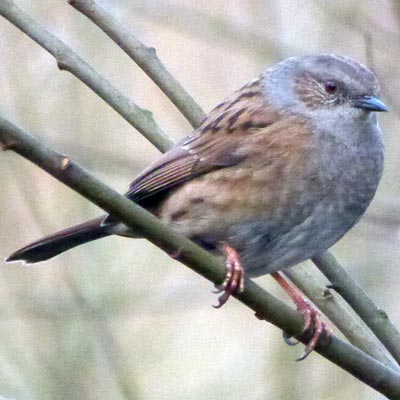| TALES OF HEATH & POND |
VISITOR'S GUEST BOOK | HISTORY OF THE HEATH & POND | GUESTS' PHOTOGRAPHS | SOURCES OF INFORMATION | VIDEOS | SITE MAP |
House Sparrows
To see a larger copy of each image click on it; to see the next large image click at the right of the image, to go back click on the left of the image. To close a large image click on the cross in the top right hand corner.
New photographs are usually added to the bottom of the page - click to go to the bottom of this page
2020 |
||
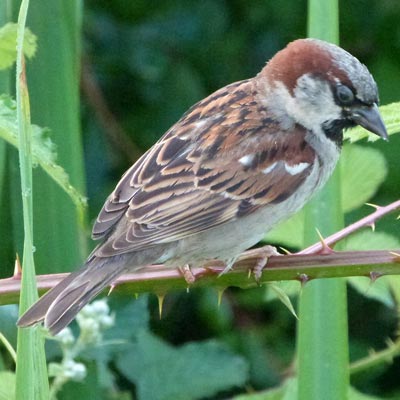 |
|
|
Noisy and gregarious, these cheerful exploiters of man's rubbish and wastefulness have managed to colonise most of the world. The ultimate avian opportunist perhaps. Monitoring suggests a severe decline in the UK house sparrow population, recently estimated as dropping by 71 per cent between 1977 and 2008 with substantial declines in both rural and urban populations. While the decline in England continues, Breeding Bird Survey data indicate recent population increases in Scotland, Wales and Northern Ireland. Nests are often placed in holes and crevices within buildings and they will readily use nestboxes. Free-standing nests are also frequently built, in creepers against walls and in thick hedges or conifers. Pairs often remain faithful to their nest site and to each other for life, although a lost mate of either sex is normally replaced within days. A hole is filled with dry grass or straw with a nesting chamber lined with feathers, hairs, string and paper. Feathers may be plucked from a live pigeon! |
The main nesting season is from April to August, although nesting has been recorded in all months. Most birds lay two or three clutches, but in a good year fourth attempts are not uncommon. The female lays two to five eggs at daily intervals and often starts to incubate part way through egg-laying. Both sexes incubate, and the chicks hatch after 11-14 days. The parents share nesting duties equally. Chicks are brooded for 6-8 days, but can control their own body temperature only when 10 or 11 days old. The youngsters are fed on a variety of invertebrates, including aphids, caterpillars, beetles and grasshoppers. Seeds and vegetable matter are also given, particularly during periods when invertebrates are scarce and become more important after the chicks leave the nest. The young fledge 14-16 days after hatching. They are unable to feed themselves for about a week after leaving the nest and are cared for by their parents for around a fortnight. Post-fledging care is frequently left to the male as the hen prepares for the next brood. She can begin laying her next clutch of eggs within days of the previous brood leaving the nest. |
|
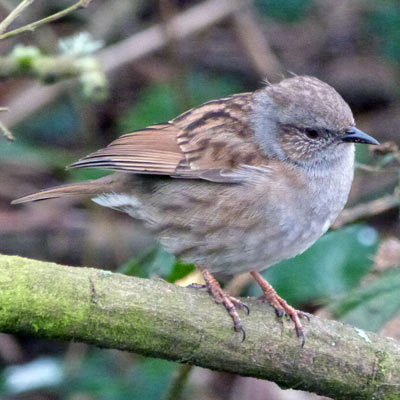 |
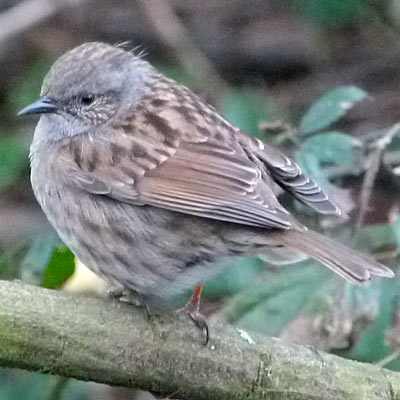 |
|
2021 |
||
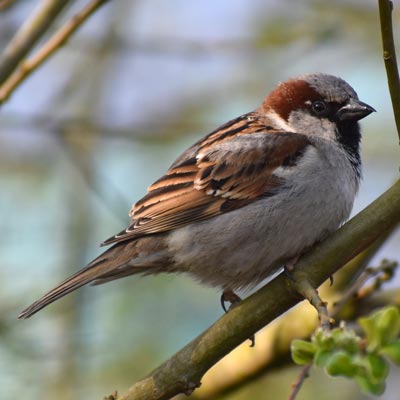 |
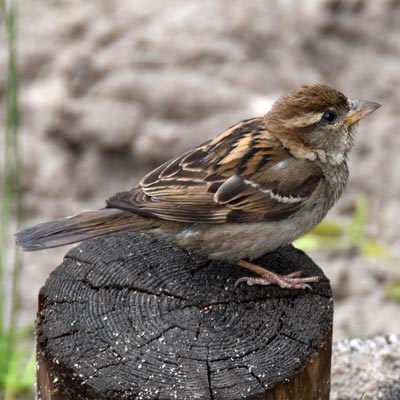 |
|
| Go to the top of this page |
